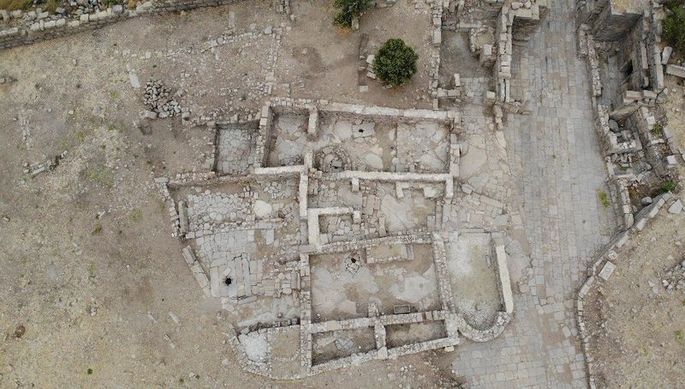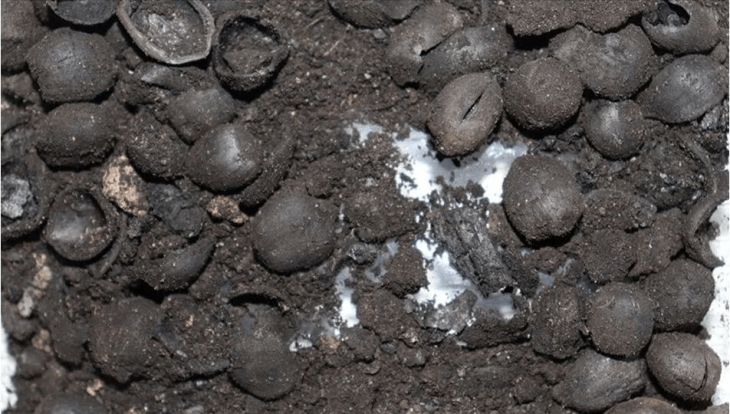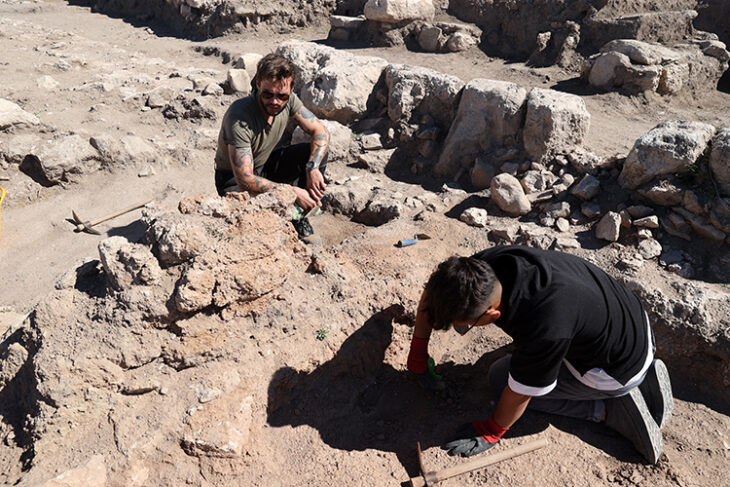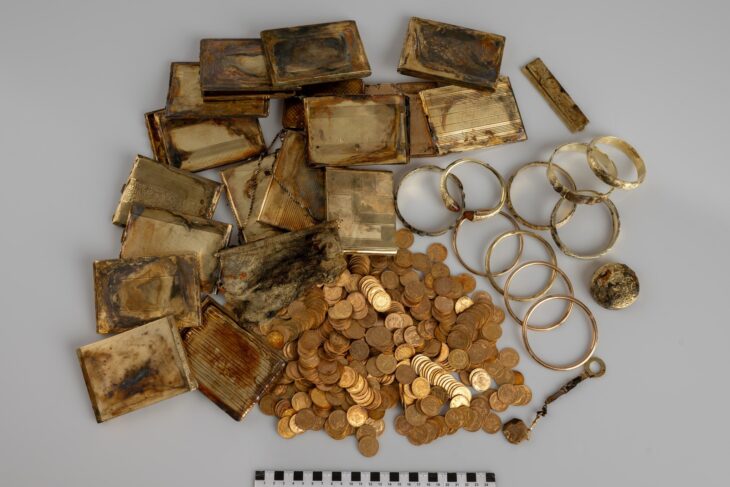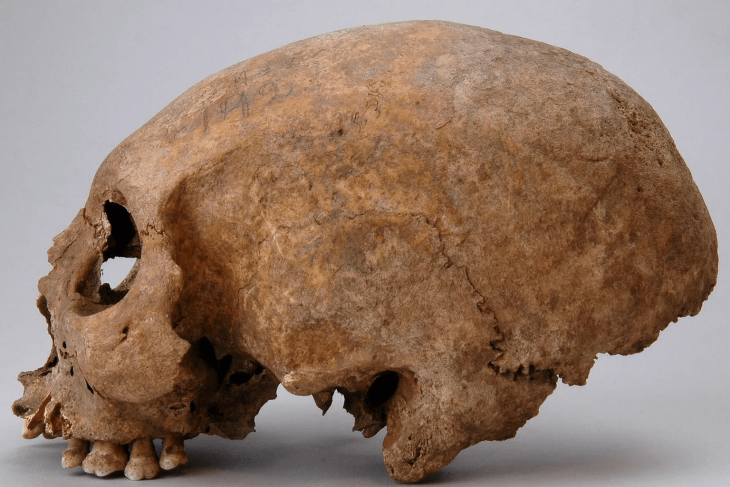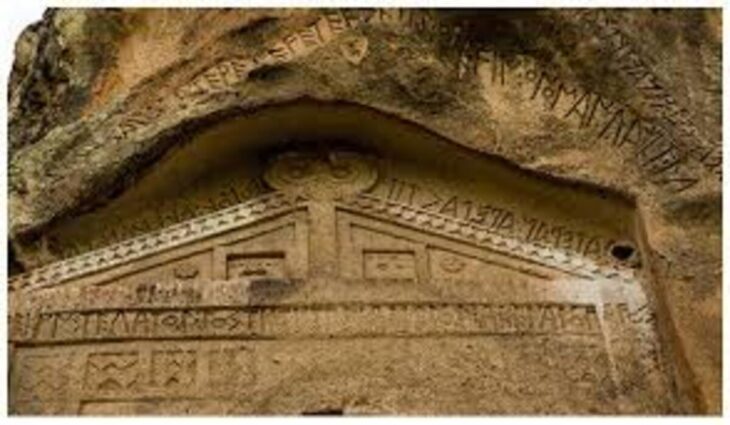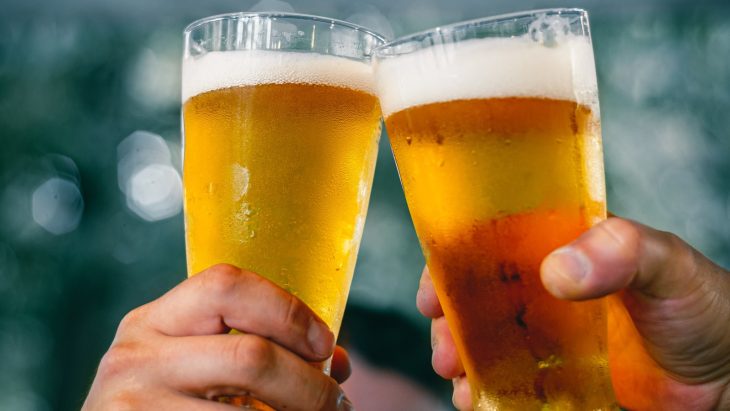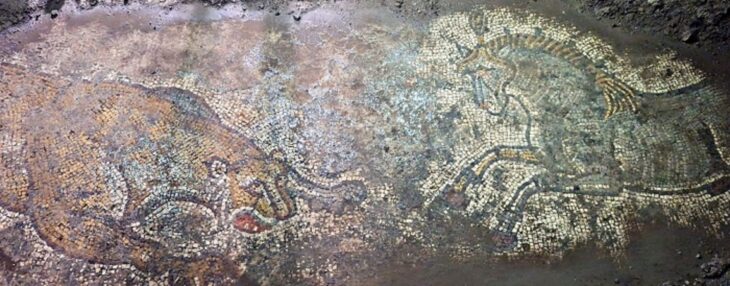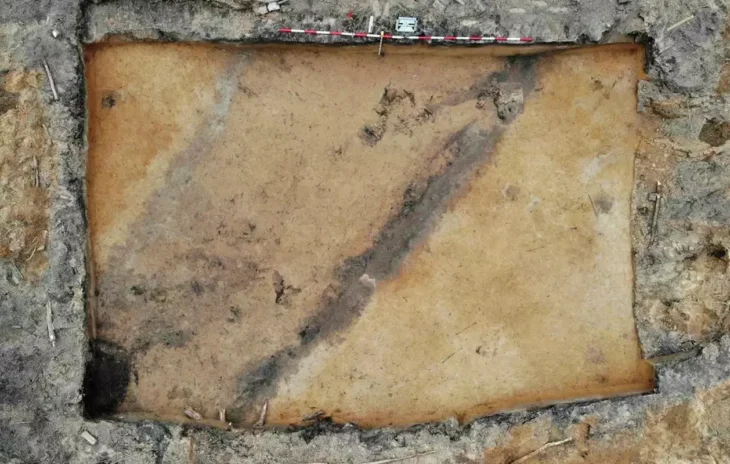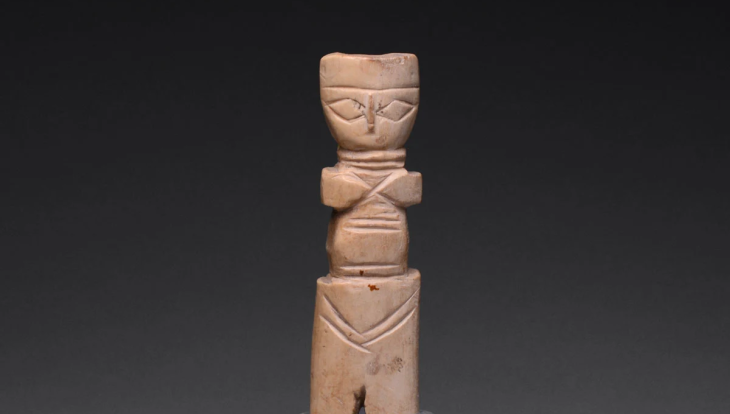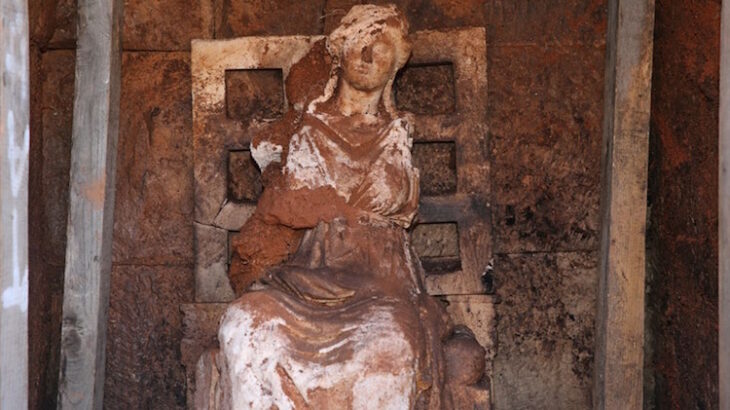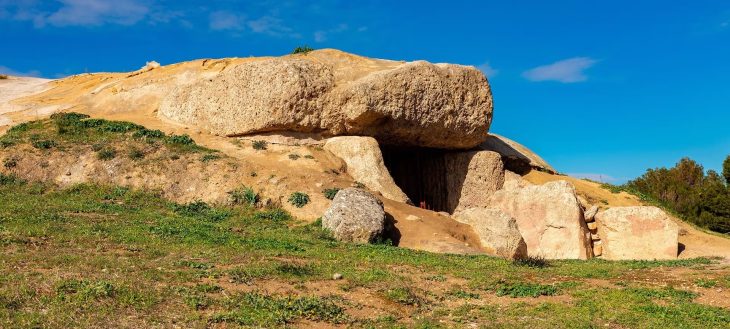The legendary search for Noah’s Ark, a tale that has captivated imaginations and spurred countless expeditions for generations, is poised to enter a new chapter. While reports of potential discoveries and renewed interest have emerged periodically over the years, the site at the Durupınar Formation in eastern Türkiye, long considered a possible resting place for the biblical vessel, is now on the cusp of its first controlled excavation.
The California-based Noah’s Ark Scan group has announced that after extensive research and radar surveys, the groundwork is being laid to finally dig into the mysterious, boat-shaped formation.
The enduring mystery surrounding the potential resting place of Noah’s Ark, a vessel central to both biblical and Quranic narratives of a great flood, may be one step closer to resolution.
The Durupınar Formation, a distinctive 160-meter-long, boat-shaped geological structure located approximately 30 kilometers south of Mount Ararat, has captivated researchers and believers for decades. Initial discovery of the formation dates back to 1959 when Turkish cartographer Captain İlhan Durupınar identified the unusual shape in aerial photographs taken during a mapping survey.
Since then, the site has undergone various investigations, including radar scans that have revealed rectangular structures beneath the surface. These findings, coupled with soil sample analysis indicating the presence of clay-like substances, marine sediments, and even remnants of marine life dating back 3,500 to 5,000 years, have fueled speculation that the area may have been submerged during a period consistent with the flood narratives.
📣 Our WhatsApp channel is now LIVE! Stay up-to-date with the latest news and updates, just click here to follow us on WhatsApp and never miss a thing!!
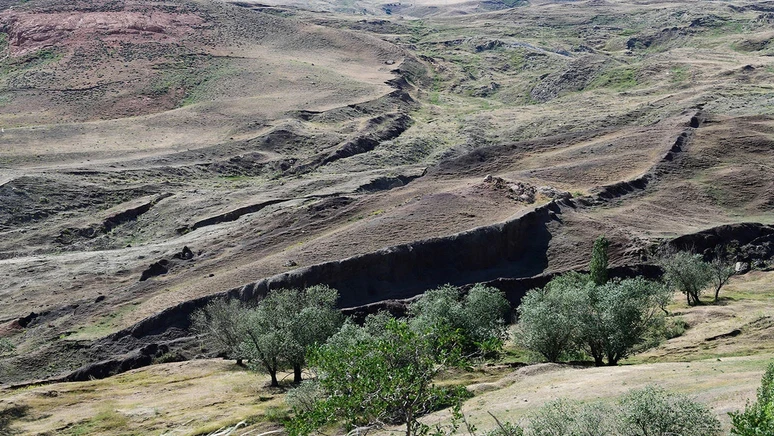
Now, the Noah’s Ark Scan team is poised to take the investigation a step further. Speaking to Korean news outlet FN News, the group stated their intention to collaborate with local Turkish universities to gather more data before implementing a comprehensive site preservation plan. This crucial step will precede the actual excavation, ensuring the careful handling of any potential discoveries.
Andrew Jones, a member of the research team, emphasized the delicate nature of the site to The Sun newspaper, noting the harsh winter conditions and active geological environment. “Protecting the site is our highest priority,” he stated, adding that initial phases will involve soil sampling and further radar scans conducted in partnership with Turkish universities to determine if the identified subsurface structures are natural formations or potentially man-made.
Archaeologist Nezih Başgelen, a key figure in early research on the Mount Ararat area and director of the Cultural and Natural Heritage Monitoring Platform, highlighted the historical context of the Durupınar site. He noted that the initial identification by Captain Durupınar in 1959 sparked international interest, leading to early on-site examinations and extensive media coverage.
“Influenced by this news, Ron Wyatt from the USA began research on this subject and conducted detailed scans on the structure in the 1980s using ground-penetrating radar and other equipment. He published the results and interpretations of his research in the book ‘Discovered Noah’s Ark’ in 1989. He claimed that the remnants in this area were the remains of a ship that matched the dimensions of Noah’s Ark mentioned in the Bible,” he said.
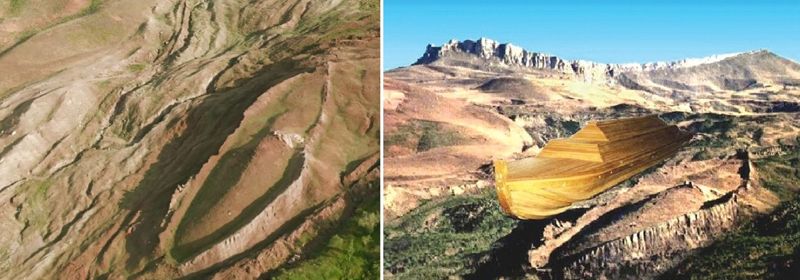
While acknowledging that the topic remains open to speculation, Başgelen believes that advancements in technology, such as drone technology, lidar scans, and ground-penetrating radar, offer the potential for more definitive conclusions. He also underscored the significant potential for faith tourism and mountaineering in the region surrounding the “ship trace” in Telçeker village, suggesting that further research could enrich its narrative and enhance its tourism value.
The upcoming excavation marks a significant moment in the long-standing quest to uncover evidence related to Noah’s Ark. As researchers prepare to delve beneath the surface of the Durupınar Formation, the world awaits to see if this first controlled dig will yield new insights into one of history’s most enduring legends.
Cover Image Credit: Rob Scholte Museum



